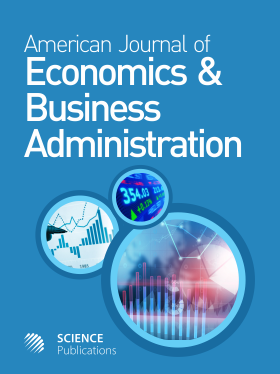Regionalism in East Asia: The Role of North East Asian Nations
- 1 Waseda University1-21-1 Nishi-Waseda, United States
Abstract
Problem statement: For the past few years, regionalism has been progressing in East Asia with the likes of China, Japan and Korea (CJK) as the most prominent actors. Unfortunately, with the absence of trade arrangement amongst the CJK, the present regional trade scheme is not sufficient to reach sustainability. Thus, the study aims to give the solution to the problem. This study found the inefficient trade scheme through Engle-Granger Cointegration and Error Correction Mechanism. Two Stage Least Squares in a static panel fixed effect model were also employed to proof the spill-over effect. Conclusion/Recommendations: The study underlines the importance of triangular trade agreement for accelerating the phase of growth in CJK which eventually created a spillover effect to East Asia as a whole. Moreover, the study argued that the spillover effect would function as an impetus for creating region-wide FTA. Furthermore, the study also identified a number of economic and political factors that can support the formation of East Asian Regionalism.
DOI: https://doi.org/10.3844/ajebasp.2011.247.258

- 4,010 Views
- 3,015 Downloads
- 0 Citations
Download
Keywords
- Engle-granger cointegration
- error correction mechanism
- fixed effect
- Error Correction Mechanism (ECM)
- Economic Partnership Agreements (EPAs)
- Regional Trade Agreements (RTAs)
- long run equilibrium
- relative price level
